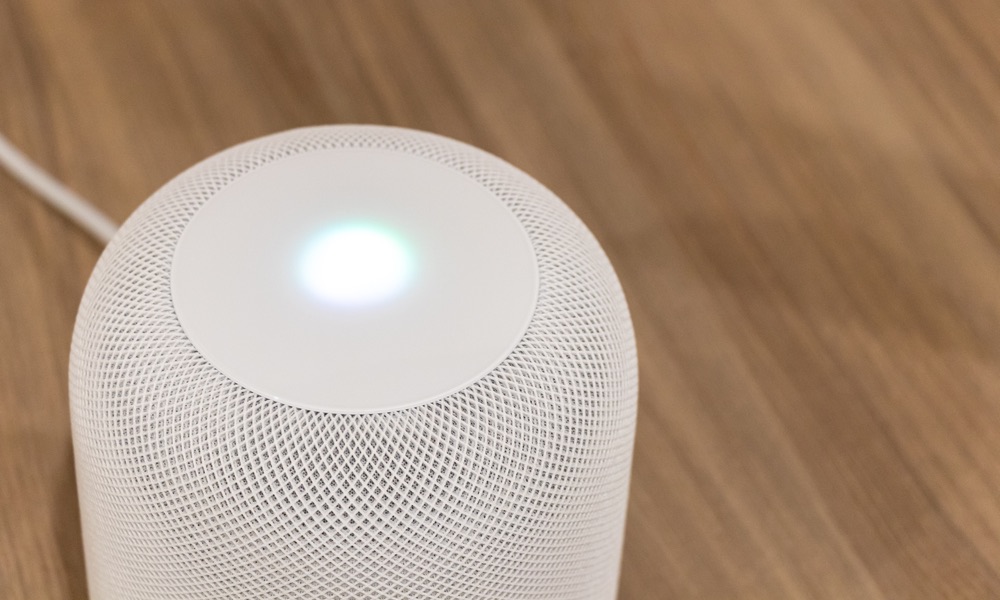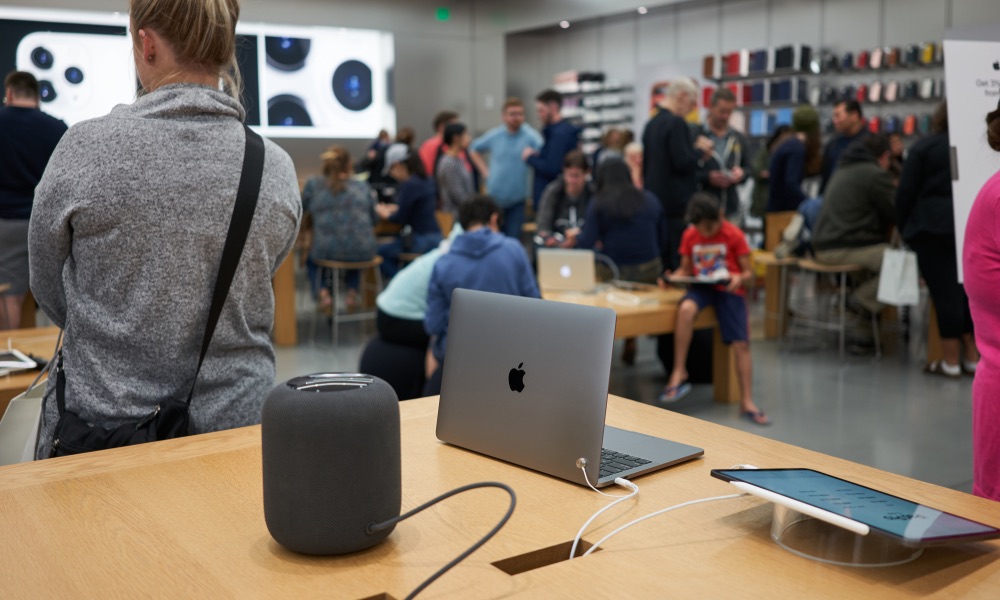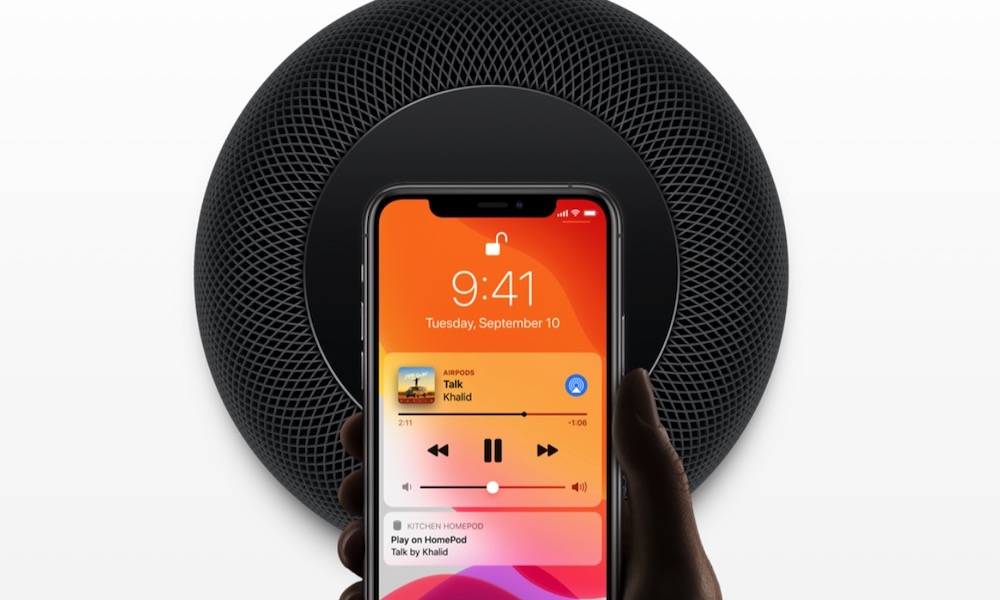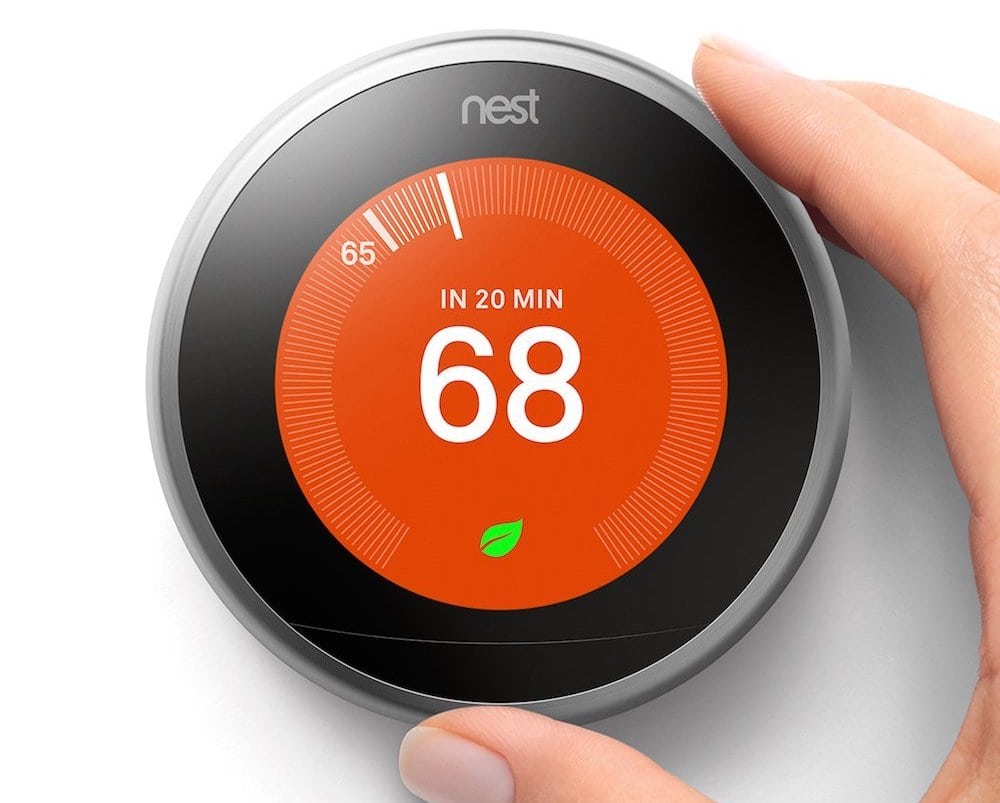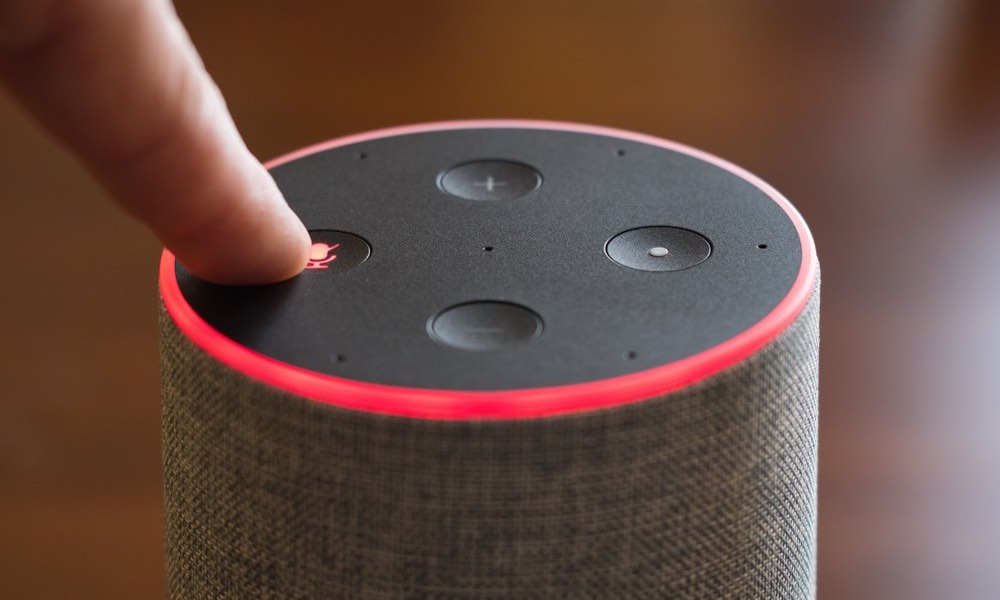5 Features Apple’s HomePod mini Won’t Survive Without
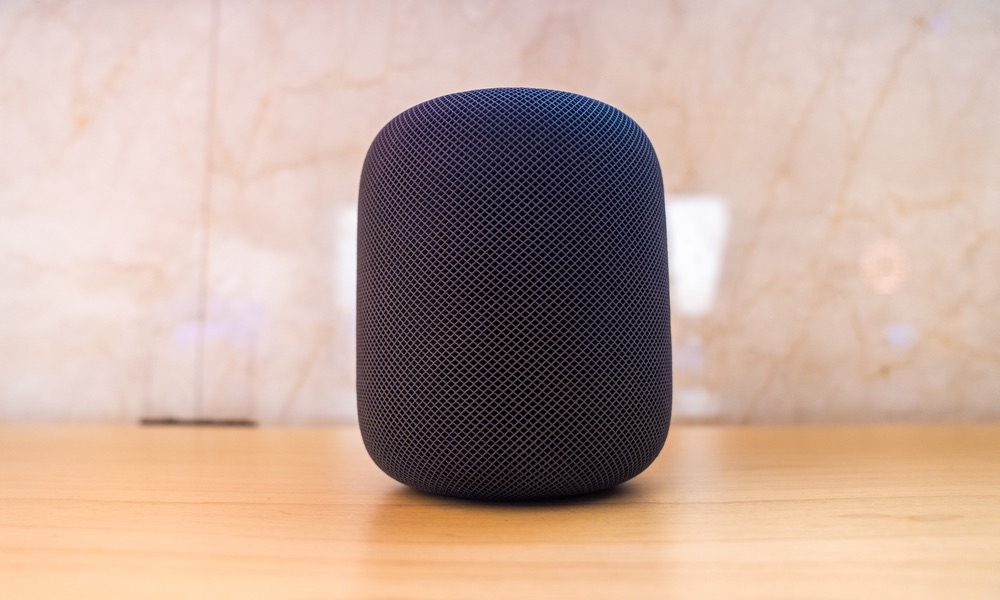 Ingus Kruklitis / Shutterstock
Ingus Kruklitis / Shutterstock
Apple is planning a new version of the HomePod to compete more directly in the broader smart speaker market. It’s going to be smaller and more affordable than the first model, so naturally, everyone has been calling it the Homepod mini (its real name is still unknown). But what is this mini version of the speaker going to look like? What does Apple actually need to compete in 2020 (when the mini version is still expected to be released) with the Echo Dot and Nest Home and everything else available? We’ve got a few ideas.
Create Surround Sound with Multiple HomePod minis
The original HomePod does have the ability to connect to another HomePod and create a "stereo pair" where you could play music out of both speakers at the same time, in the same room, to create a stereo sound effect.
We've seen this on other devices, notably the Google Nest Minis, but it has worked better here than on the HomePod for the simple reason that you need two of them. A Nest Mini is $50, and it's not that difficult to buy two at once and set up a stereo system in your room. A HomePod is a few hundred bucks, so buying two just for stereo sound is much more costly.
But this handy pairing feature could get new life in the HomePod mini if Apple still includes the feature. The minis are expected to be far more affordable, and much easier to buy two (or more) at once to pair them for room-filling sound. Apple already has the capability, and it would be a huge waste not to make this a focus of the upcoming minis.
Support More Music and Sound Protocols
There are a lot of rumors about what’s going to be cut from the HomePod mini, such as movement sensors and possibly even Siri herself. However, one thing that absolutely needs to be added is more music and video support. The first HomePod restricted you to sources like Apple Music/iTunes for listening to your songs, and that was unacceptable. Apple cannot compete in this market unless its speaker also supports Spotify, Pandora, and other music platforms where users commonly keep or listen to songs on a daily basis.
It’s also increasingly important that the speaker has some kind of video compatibility, such as easy linking with smart TVs without messy workarounds using AirPlay tricks. Both audio and video roles will make the new HomePod more useful around the house and far more competitive with other modern smart speakers that have similar capabilities.
Compatibility with AirPods/Beats
Apple’s first HomePod model already has the “Handoff” ability, which allows you to automatically connect an iPhone or iPad just by bringing them near the device.
We suggest an additional feature to be added to Handoff: give the HomePod mini innate compatibility with AirPods and Beats headphones. When you put them on close to the HomePod, they’ll automatically connect and route any music directly to your ears until you take them off again.
Other
speakers already have similar capabilities. Echo devices, for example, can
connect to iPhones and automatically play their music directly over the same
Bluetooth connection that AirPods have. It shouldn’t be hard for Apple to do what’s
essentially the reverse.
Learned Functions
If Apple wants its new HomePod to really stand out, it needs unique features. One thing we’ve seen on smart devices is the ability to learn daily functions, like how the Nest thermostat learns when people are moving around the house and begins to automatically set the temperature as a result.
Smart speakers don’t have any learned functions like this so far, and it’s really a needed feature in this particular sector. What about a speaker that could offer to read your emails every morning? Or a speaker that automatically begins your tunes just when you like to start making dinner? Apple could enable its new HomePod to learn the habits of its users and start meeting them halfway to add even more value.
There are
also rumors that Apple could even include a HomePod avatar that responds to
your gestures, like a little AI person, although this may be a little invasive
for some people. And speaking of being invasive…
Manual Privacy Options
This is a trend we’ve seen with the newest generation of smart home speakers and displays – people don’t want even the chance of anyone listening in, and they want to be able to control that. The old HomePod sort of hid its privacy settings, but it was based on the command “Hey Siri, stop listening.”
These days, owners want a more physical way to make sure that mics and cameras aren’t being activated, switches that disable them at the hardware level.
So whatever the new HomePod mini looks like, it needs to have a manual switch for directly turning off the mic so that people can ensure their privacy at any time.

